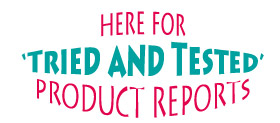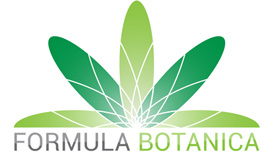|
|
|
Eosinophilia as a predictor of food allergy in atopic dermatitis (eczema) |
Abstract The clinical significance of eosinophilia as a predictor for food allergy of late eczematous reactions in AD was investigated. Three hundred three patients with AD were studied, using elimination diets and food challenge tests. Food allergy prevalence was compared in groups of eczematoid AD patients with high or normal eosinophil levels. The effects on the blood eosinophil fraction of an elimination diet and milk allergy provocation of late eczematous reactions were evaluated. The prevalence of food allergy was 51.1% (135/264) in patients with eczematoid AD. The major type of food allergy in AD was late eczematous, rather than IgE mediated. Among eczematoid AD patients, 44.9% had high eosinophil levels. In patients with eczematoid AD, the food allergy prevalence was 70.8% (85/120) in the high eosinophil group and 34.7% (50/144) in the normal blood eosinophil group. An elimination diet improved clinical severity and decreased blood eosinophil levels. In milk allergy patients, a milk challenge significantly increased the blood eosinophil level. Skin-prick tests and food-specific IgE tests were useful for diagnosing IgE-mediated food allergy. Eosinophilia appeared to be a significant predictor of food allergy in AD and an indicating factor for diet manipulation, including an elimination diet. Food allergy may be responsible for eosinophilia in AD. Food allergy patterns for AD in Korea were different from those in western countries. Noh G, Jin H, Lee J, Noh J, Lee WM, Lee S. Department of Allergy and Clinical Immunology, Seoul Allergy Clinic, Seoul, Korea Allergy Asthma Proc. 2010 Mar;31(2):e18-24. March 2010 Click here for more research on possible causes of eczema For LINKS to freefrom skin care products click here.
|









